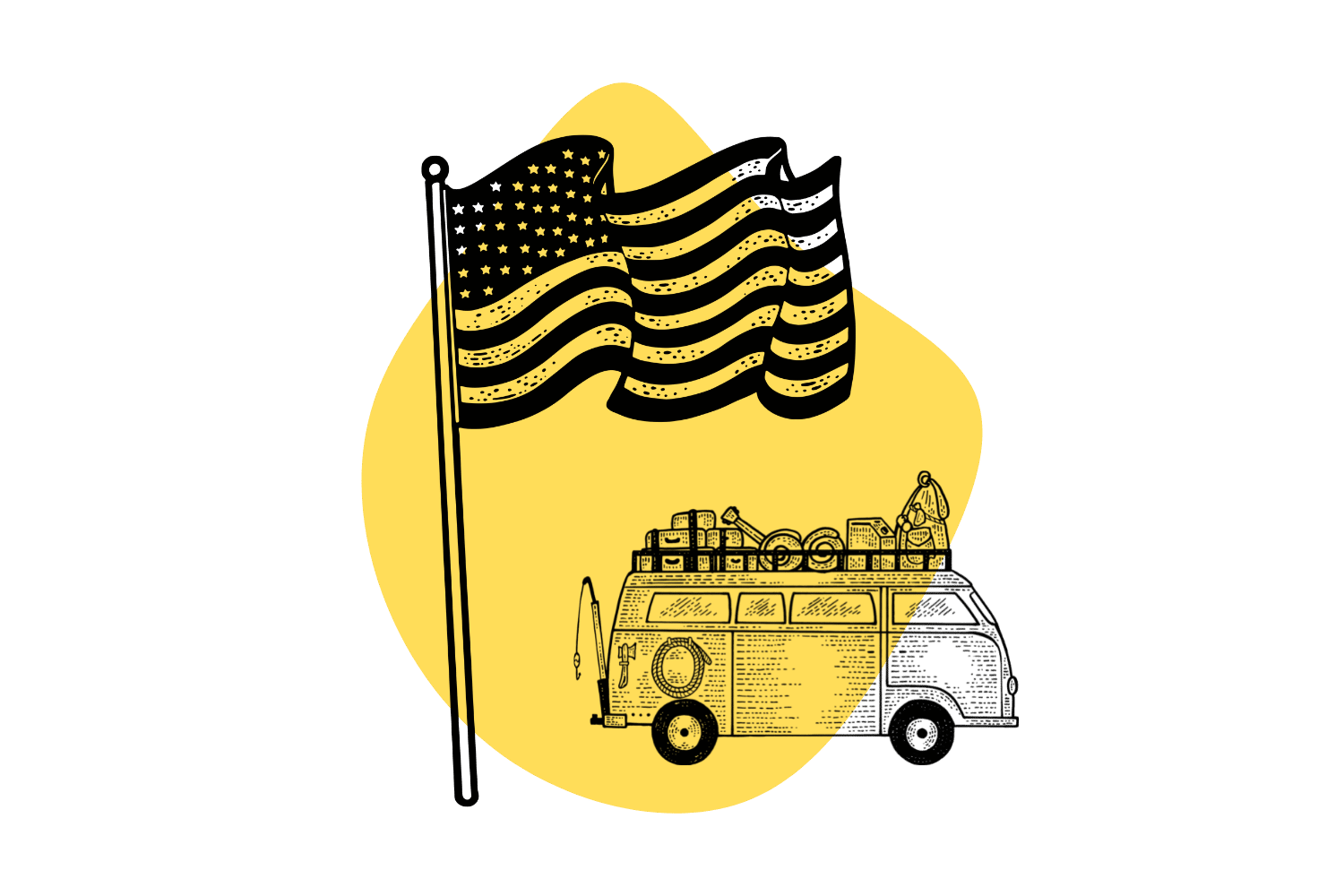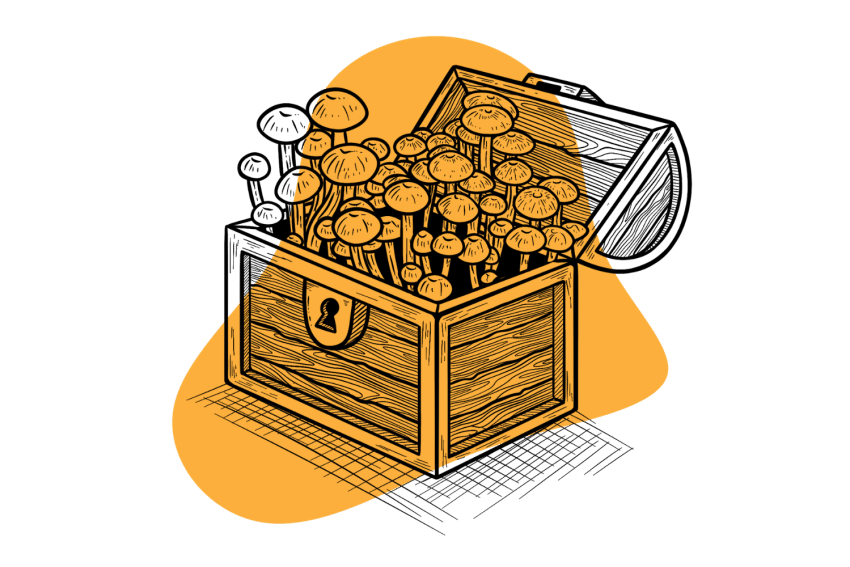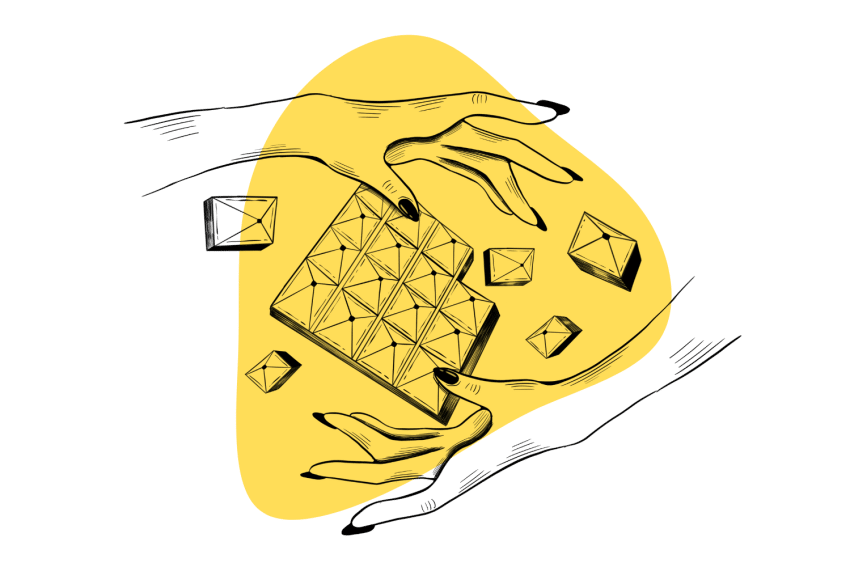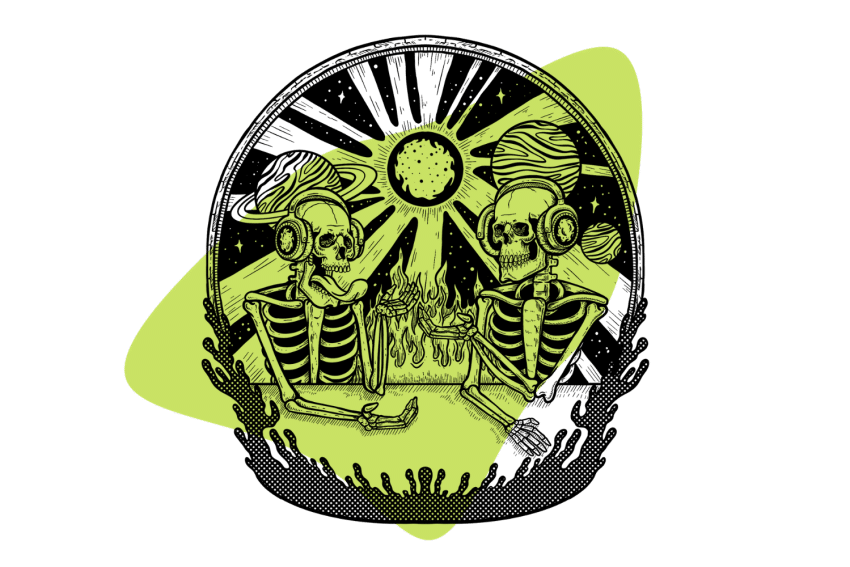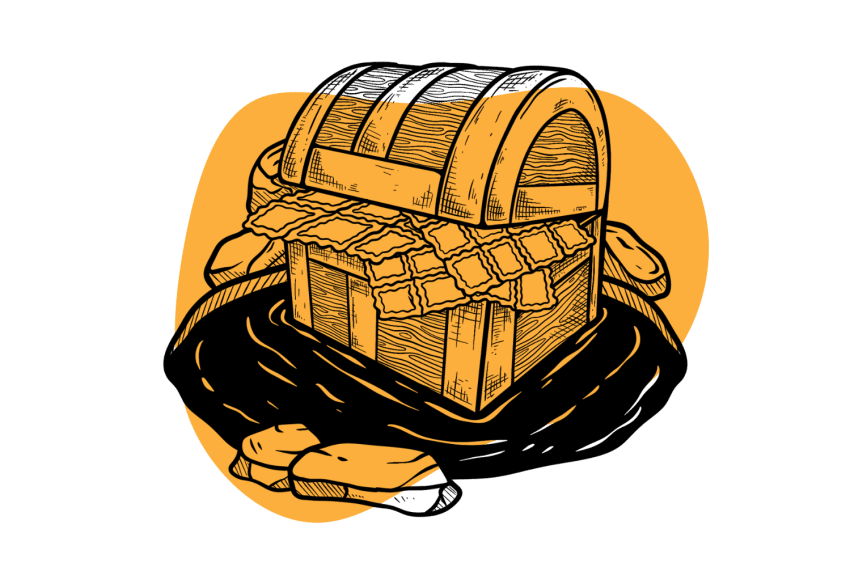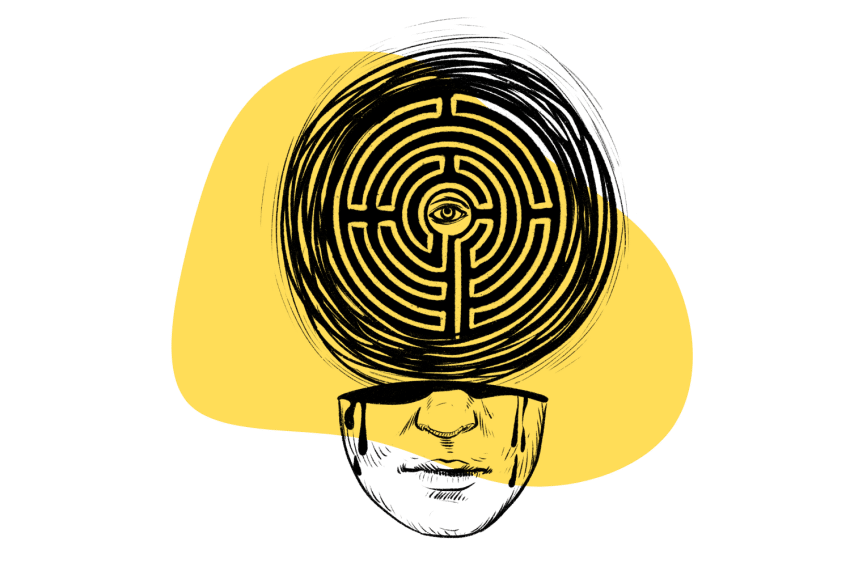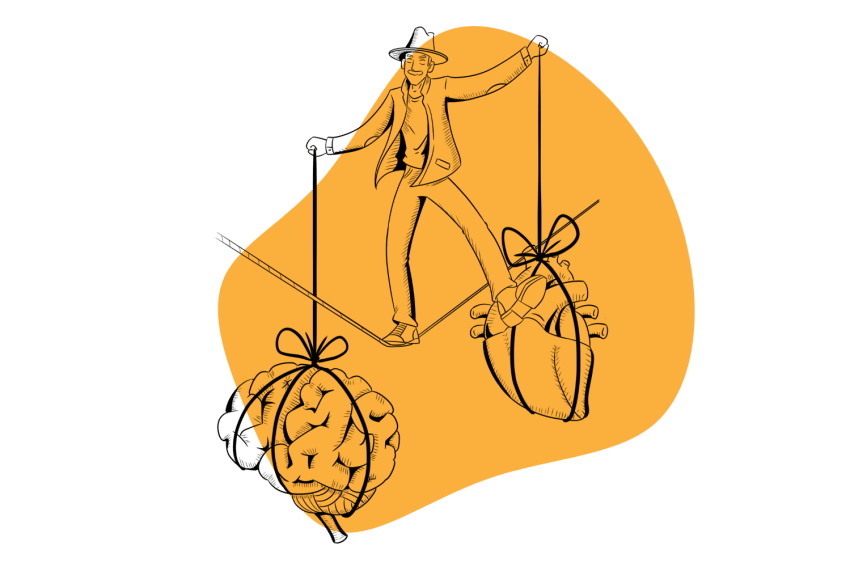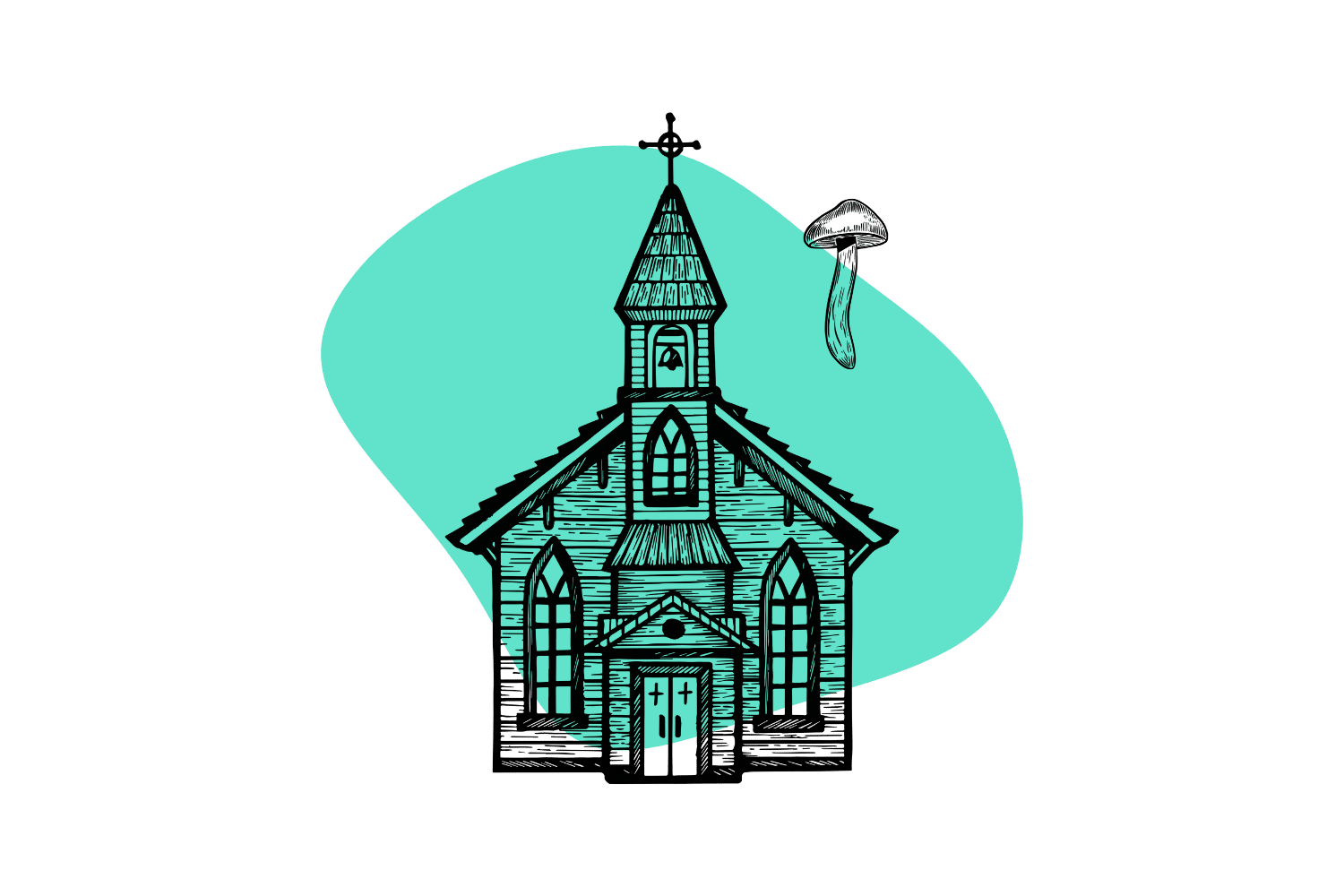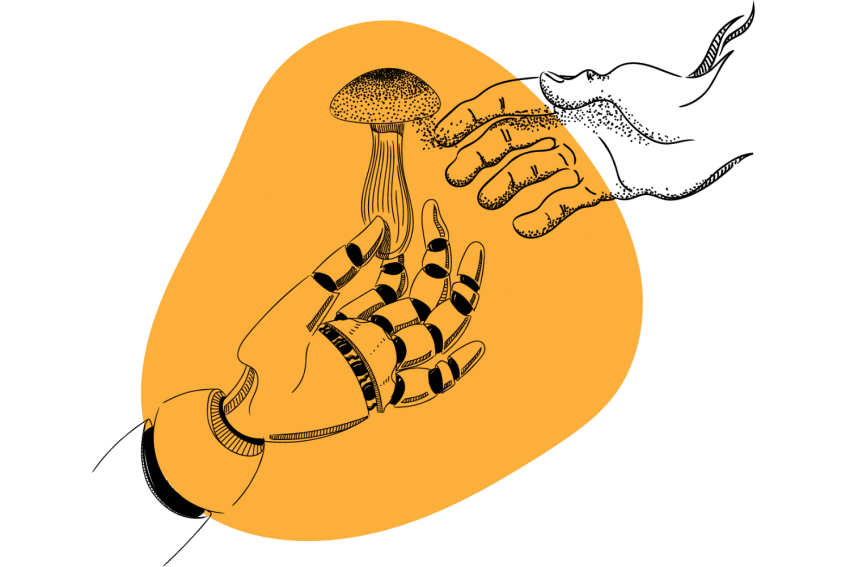The Legacy of Quaaludes: How a Medication Became a Cultural Phenomenon
Get ready to boogie down 🕺with the wild tale of Quaaludes — the disco darling of the ’70s that burned bright and fizzled fast 🪩
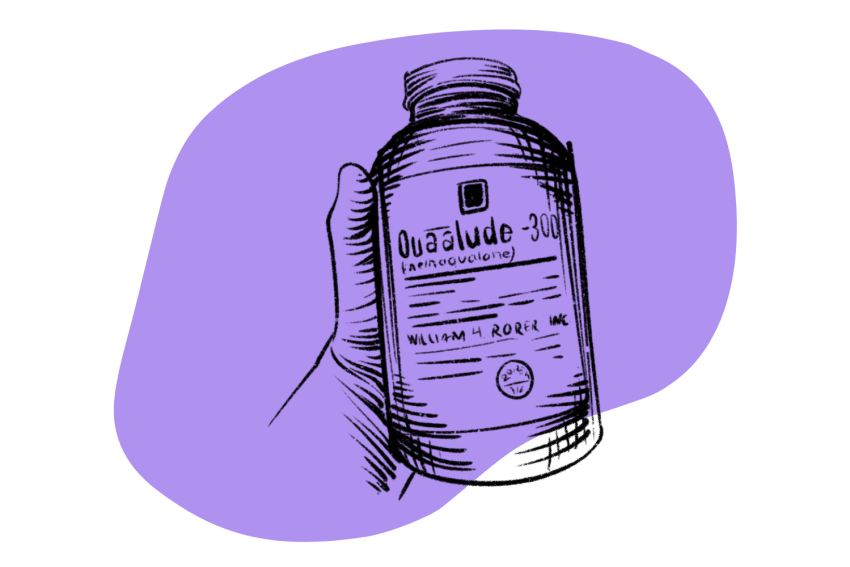
Quaaludes (pronounced kway-loodz) have been at the center of some seriously controversial stories — they first came onto the scene in the 1960s as a prescription sleeping aid and anxiety treatment.
The interesting effect came if you could fight off the urge to sleep. Because if you did, you’d be rewarded with a euphoric high unlike anything else.
Once word got out of its high that loosened inhibitions and made sex feel like you died and entered paradise, it quickly became the party drug of choice for the disco era.
Its widespread abuse as a recreational drug led to its eventual ban in the United States as a Schedule I drug, and the rest of the world followed suit, which is why you can’t get ahold of Quaaludes today.
Of course, there is an even darker side to the story of Quaaludes, or “disco biscuits,” from its use as a date-rape drug — recently brought back into the conversation in light of the Bill Cosby trial — and its use as a chemical weapon in South Africa during the apartheid.
Don’t sleep on the wild history of the rise and fall of Quaaludes.
What Is Quaaludes?
Quaaludes is the brand name, like “Kleenex” or “Band-Aid,” for a drug called methaqualone.
This drug was first synthesized in 1951 under a company called Indian Drugs and Pharmaceuticals Limited (IDPL) by Indra Kishore Kacker and Syed Hysais Zaheer, who was attempting to create an antimalaria drug.
Methaqualone didn’t affect malaria, but its sedative and anxiolytic properties were marketable. It became available, with a doctor’s prescription, under the name Quaaludes, sold by William H. Rorer Inc. in the United States in 1965.
If you lived in the United Kingdom, it was sold as Malsed, Malsedin, Renoval, or Mandrax in the rest of Europe.
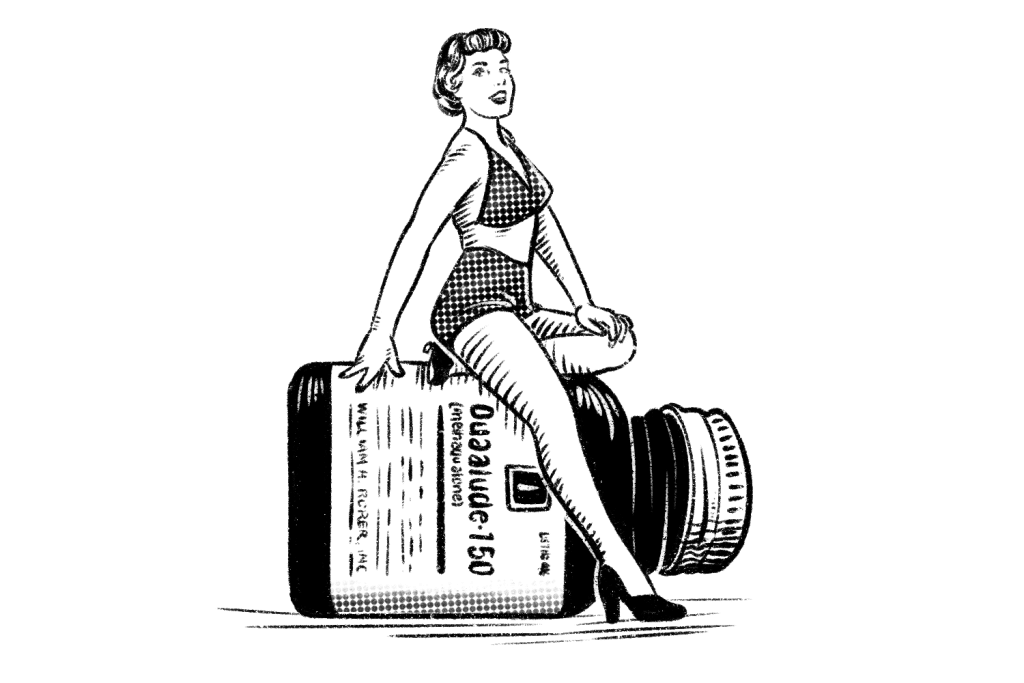
Back in the day, Quaaludes came in the form of oral tablets advertised to anxious housewives, overworked husbands, and stressed-out students as the answer to a good night’s sleep. By 1972, it was the most prescribed sedative in the United States — but not because of these advertised effects.
The real reason for Quaalude’s popularity was that people quickly realized that if you pushed past the urge to sleep, it produced intense feelings of euphoria and deep body relaxation and loosened inhibitions without a hangover the next day.
These effects made Quaaludes the drug of choice in the disco scene, where they were called “disco biscuits.”
Other names for Quaaludes include:
- Flamingos
- Ludes
- Lemmon 714
- Lemons
- Quacks
- Quad
- Sopors
- Wallbangers
How Do Quaaludes Work?
Methaqualone, or 2-methyl-3-(2-methylphenyl)-4(3H)-quinazolinone, belongs to a class of organic compounds called quinazolinone.
These chemicals are a big deal in medicinal chemistry as they exhibit a broad range of biological functions ranging from antibacterial, anticancer, antiviral, and central nervous system activity.
Methaqualone, in particular, is a central nervous system depressant, slowing down the activity of the brain and spinal cord, which is why it has sedative-hypnotic qualities.
Ludes and other common sedatives (like benzodiazepines and barbituates) increase the activity of a neurotransmitter called gamma-aminobutyric acid, or GABA, in the brain, which is responsible for slowing down central nervous system activity, causing muscle relaxation and reduced anxiousness.
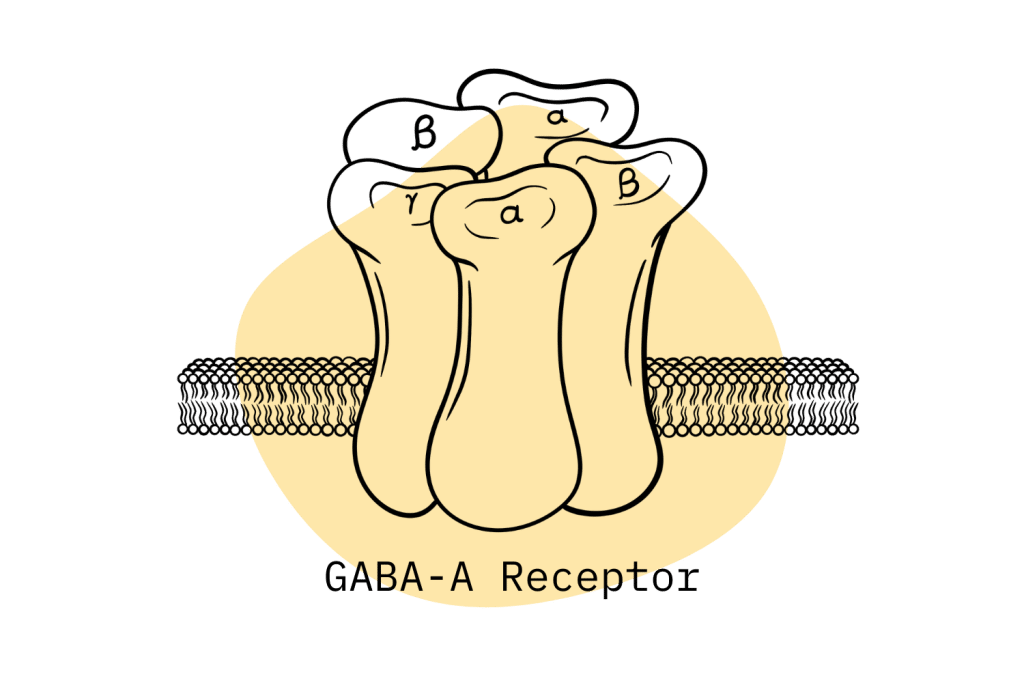
Other popular drugs also use the GABAergic pathway to cause sedation and a unique state of intoxication — including alcohol, GHB, and phenibut.
Quaalude Dosages
The indicated dosage for methaqualone for sleep ranges between 150–400 mg. However, it can also be used during the day for anti-anxiety at around 75 mg doses (three to four times a day).
Recreationally, the doses for Quaaludes are the following:
- Light dose — 150–300 mg
- Standard dose — 300–600 mg
- Heavy dose — 600 mg+
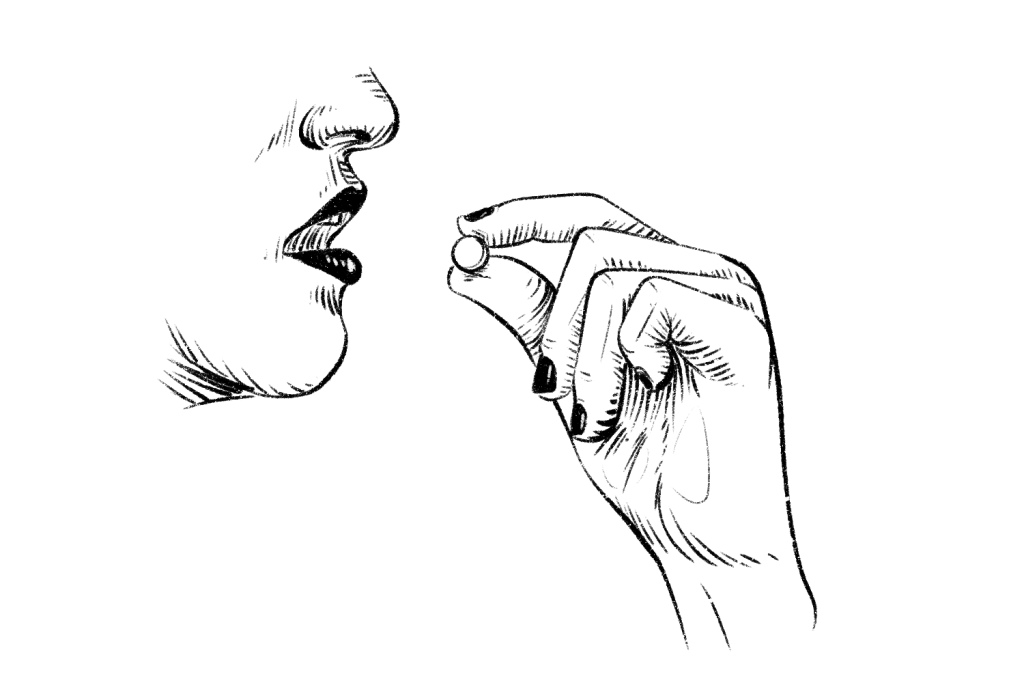
Quaaludes were even more desirable on the party scene because they came in these standardized dosages and were produced in a pharmaceutical family that is generally safer against overdose — as long as you didn’t mix them with other drugs.
Of course, mixing drugs is rampant in the recreational scene, so they ended up causing a lot of damage (more on this later).
Effects of Quaaludes On the Brain & Body
As a party drug, there were a lot of misconceptions about the effects of Quaaludes.
For example, one of the reasons it was popular was its rumored aphrodisiac effects that made sex feel out of this world.
However, in reality, Quaaludes merely loosen one’s inhibitions — this simply makes people more likely to have sex with people they may otherwise turn away from. This isn’t because libido increased; rather, the mechanisms normally in place that apply logic and emotion to stop a potentially harmful or unwanted sexual encounter are temporarily offline.
This disinhibition, along with the sedative and uniquely intoxicating effects of Quaaludes, comes from their ability to potentiate (make stronger) GABA.
“Luding out” was a slang term used in the 1970s to describe the effects of abusing Quaaludes.
When a person “luded out,” it typically meant taking a high dose of Quaaludes where the user experienced a range of physical and psychological effects, including:
- Intense relaxation and sedation, making it difficult for the user to stay awake
- Impaired coordination
- Feelings of intense pleasure and euphoria, which made it a “love drug.”
- Slowed or slurred speech due to impaired cognitive and physical functions.
- Reduced inhibition and impaired judgment, leading to users taking riskier behaviors such as mixing drugs, going home with a stranger, or getting behind the wheel of a car.
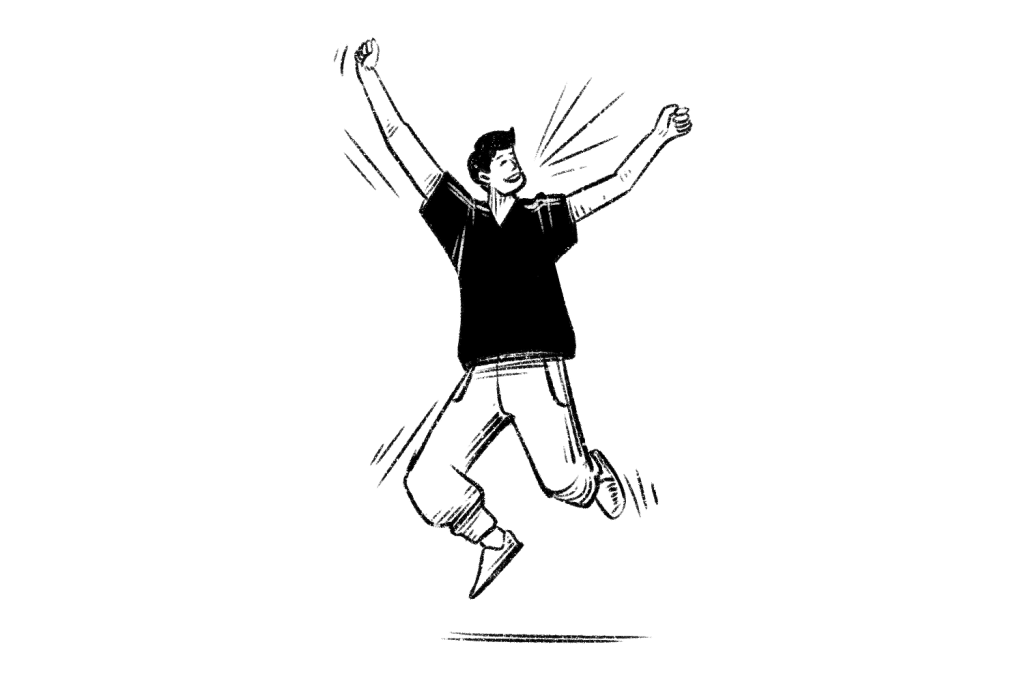
One of the reasons people enjoyed Quaaludes as a party drug was the fact that it didn’t cause a hangover the next day, unlike many other drugs and alcohol.
This quality made it easier for users to function normally the day after taking the drug. It was especially appealing for those who had to work or return to their responsibilities the following day after a wild night out.
Moreover, Quaaludes were easily obtainable since doctors were often urged to prescribe them, resulting in widespread availability for the general public.
Among the positive effects of methaqualone include:
- Anxiolysis (stress & anxiety relief)
- Body high
- Disinhibition
- Euphoria
- Positive sexual experiences
- Relief from muscle tension
- Sedation
Some of the negative effects of methaqualone include:
- Dizziness
- Dry mouth
- Headaches
- Motor control impairment
- Nausea and vomiting
- Reduced heart rate and blood pressure
- Restlessness
- Slurred speech
- Sweating
- Unconsciousness
Quaaludes Drug Addiction & Withdrawal
Methaqualone can be highly addictive because it tampers with the brain’s reward and pleasure centers through the GABA receptors.
The increased GABA activity leads to euphoria, relaxation, enhanced pleasure, and sometimes detachment from reality, which can re-enforce drug-seeking behavior.
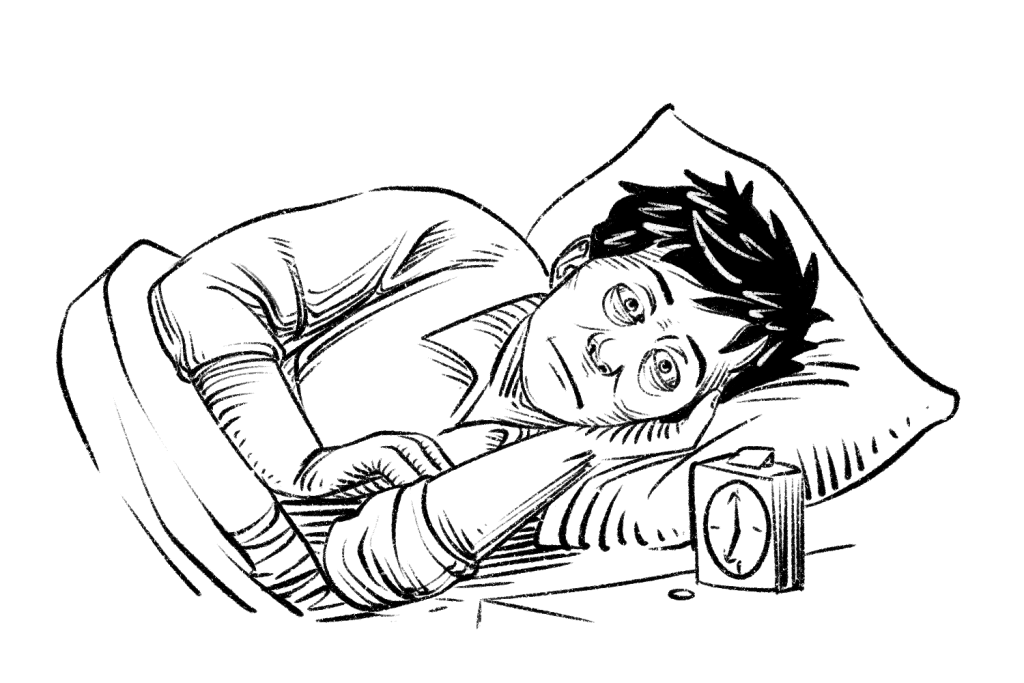
Prolonged methaqualone use can cause physical dependence, where the body relies on the hypnotic drug to function normally. This can result in withdrawal symptoms like heightened anxiety, insomnia, and seizures, making it difficult to stop using the drug [1].
By 1964, the World Health Organization had created a report on the “epidemic-like” outbreak of hypnotic drug abuse as a “serious public health and social problem that warrants international control.”
The report underscored that there is “no evidence of therapeutic use for methaqualone that cannot be met by other widely available drugs […], which have less abuse potential” [2].
Treatment for Quaaludes Addiction
Back in the 60s and 70s, addiction wasn’t well understood.
Those who found themselves in the throws of substance addiction often suffered in silence, as it was often viewed as a moral failing than a medical condition. This meant that there weren’t many drug addiction treatment options available.
If a user managed to get professional addiction treatment, they’d likely undergo behavioral therapy (talk therapy) or aversion therapy (shock therapy), and in some cases, they may have been prescribed other medications to manage withdrawal symptoms.
Quaaludes Overdose & Deaths
A major risk associated with a central nervous system depressant is respiratory depression, inhibiting adequate oxygen intake that can result in coma or death if left untreated.
But the other methaqualone side-effects like kidney and heart failure or inhaling one’s vomit and choking can result in death — and that’s without mixing it with other drugs and alcohol.
Interestingly, at the height of its popularity, it’s believed there were more deaths among Quaalude users from injuries and accidents than from overdoses.
The drug’s ability to induce a drunken-like stupor is famously depicted in the scene from The Wolf of Wall Street, where Leonardo DiCaprio’s character Jordan Belford spends 15 minutes attempting to get into his Lamborghini and drive home.

Belford himself admits in a podcast that this was a fair depiction of what it was like to lude out.
Motor vehicles were involved in approximately three-quarters of fatal accidents among Quaalude users. The drivers were reported to have either lost consciousness while driving, exceeded the speed limit, or failed to execute necessary driving maneuvers [3].
As crackdowns on methaqualones began in the 1970s, black market drugs containing triple the standard dose of the drug began to surface, making the risk of overdose much greater.
The Rise & Fall of Quaaludes As a Party Drug
Who would have predicted that a sedative drug would come to be known as the most popular recreational drug of disco?
The Rise of a New Party Drug
At first, Quaaludes were considered a much safer alternative to barbituates, having fewer side effects and less potential for abuse. Because of this, doctors were encouraged to prescribe methaqualone, and there were extensive advertising campaigns that projected its safety.
Quaaludes would gain widespread notoriety — not as a sleep aid — but for their non-medical uses.
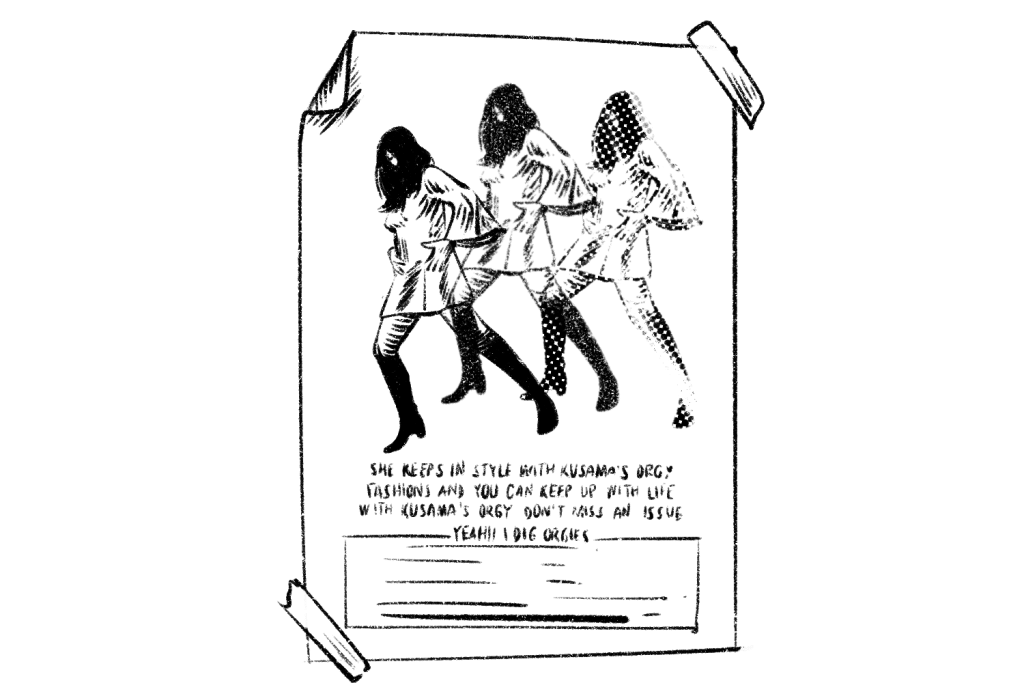
Studio 54 owner Steve Rubell used to stock Quaaludes and gave them out to his favorite celebrities as welcome party favors. One notorious incident involved a 30-person street orgy outside a club. Large quantities of Quaaludes were reportedly involved.
The Dark Side of Quaaludes’ Reputation
The reputation of Quaaludes took a dark turn when they were exploited as a date rape drug because it famously loosened one’s inhibitions and made sex more pleasurable.
Tragically, in the wrong hands, Quaaludes became a nightmare for many victims, who became sedated but remained conscious enough to be unable to resist their abuser or call for help. This misuse of Quaaludes highlighted the urgent need for stricter regulations on their distribution and use.
Holly Madison’s memoir, Down the Rabbit Hole: Curious Adventures and Cautionary Tales of a Former Playboy Bunny (2015), caused a stir when she described Hugh Hefner’s use of Quaaludes and accused Hefner of manipulating her to advance her career.
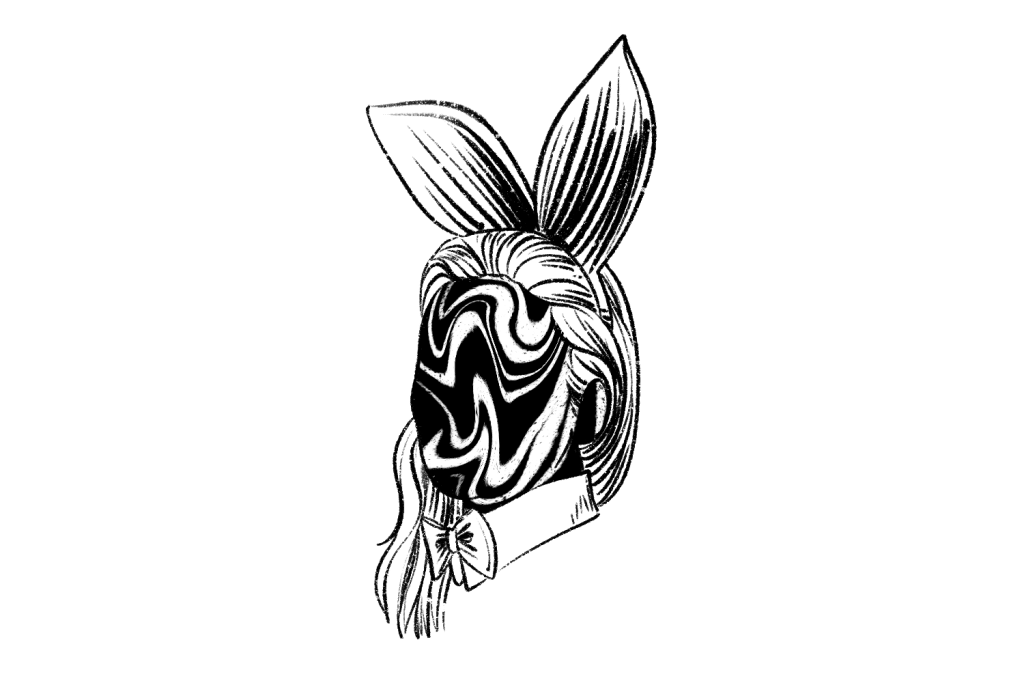
According to Madison, Hefner would offer Quaaludes to his bunnies, which he called “thigh openers,” to encourage sexual activity at the Playboy Mansion. Madison claims she never took the drug herself but knew many of her fellow bunnies who did.
More recently brought to light were the nefarious affairs of Bill Cosby when 60 women accused Cosby of rape.
Cosby admitted in his 2005 deposition that he gave Quaaludes to women he wanted to have sex with.
The Fall of Quaaludes
Several reasons led to the fall of methaqualone, but the biggest reason was its widespread abuse in the 1970s.
When it first hit the market, Quaaludes were advertised as a safer and non-addictive alternative to benzos, which the world would find out wasn’t the case.
However, even though doctors were prescribing the drug for legitimate purposes, many people were using it recreationally, which led to a rise in addiction, overdoses, and motor vehicle accidents.
In the 1970s, the FDA called for stricter labeling of methaqualone to stipulate its potential for dependence.
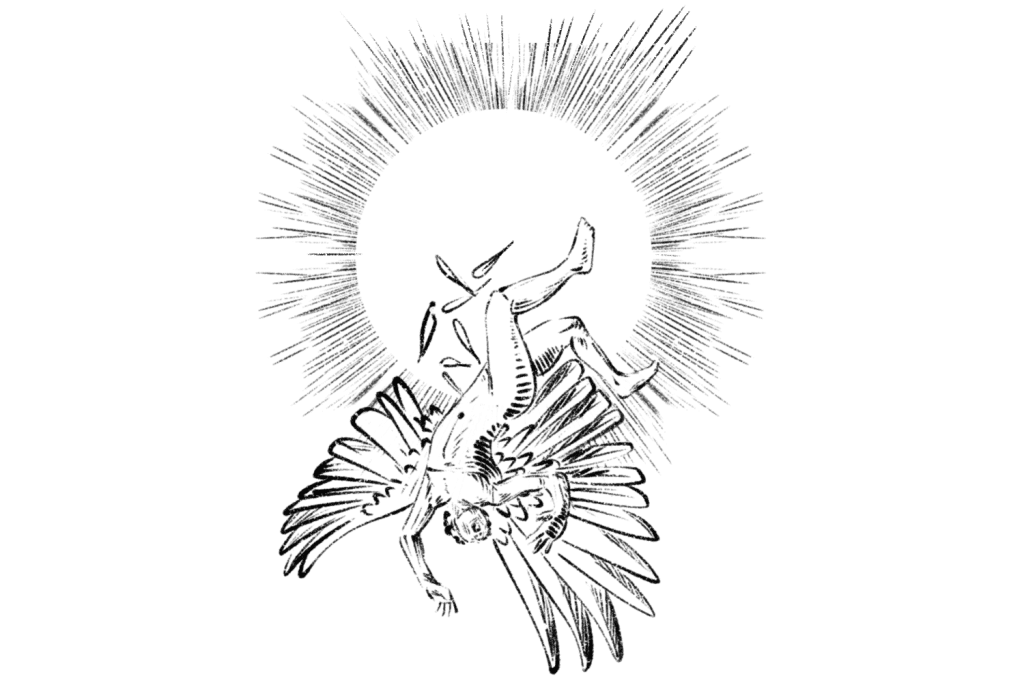
In the following years, there was a huge push for methaqualone to be moved to Schedule II because of its widespread non-medical consumption.
Wiliam H. Rorer Inc., the pharmaceutical company that sold Quaaludes, tried to prevent this and pushed for Schedule III, a less restricted category, but failed. Quaaludes became a Schedule II drug.
The change in its legal status heavily impacted how frequently doctors prescribed the drug. But of course, the supply and demand of ludes didn’t go away.
According to Rorer’s chairman, Jack Eckman, the drug accounted for less than “2 % of their sales but 98% of their headaches.” [4]
For this reason, Rorer sold the rights to make Quaaludes to the firm Lemmon — and Lemmon 714 methaqualone — or “Lemons” or Lemon 7s,” as it was known on the street — was born. This shift in drug manufacturing didn’t help its reputation as a recreational party drug.
The rise of stress clinics and scrip doctors (short for “prescription doctors”) would perpetuate the country’s addiction, as they often prescribed medications without legitimate medical reasons.
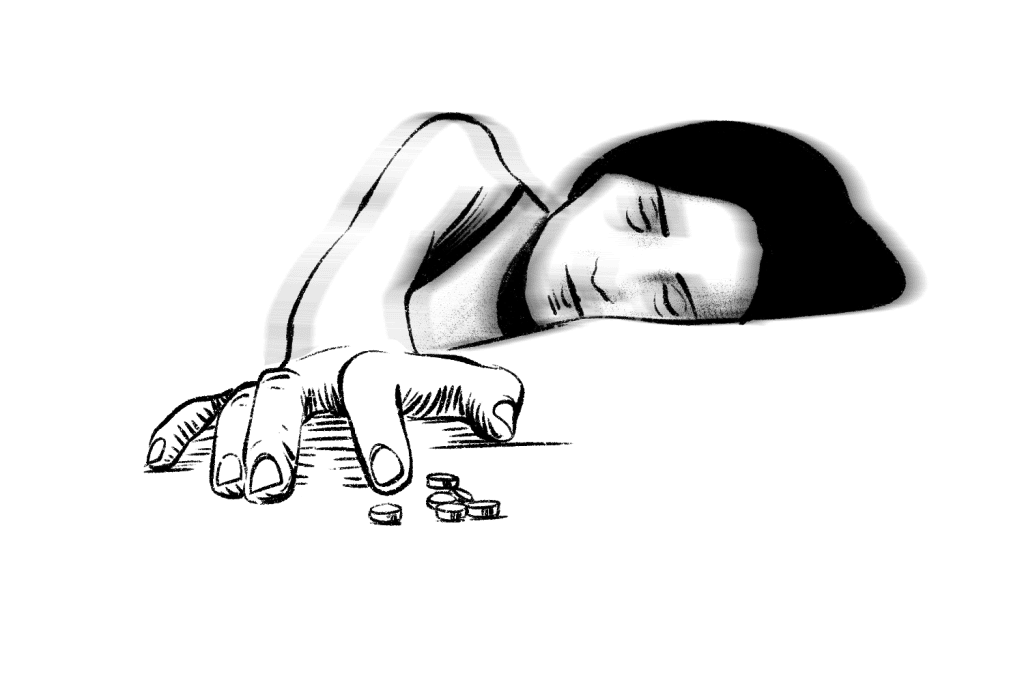
Government crackdowns and negative media coverage led to a decline in pharmaceutical sales, as doctors were less inclined to prescribe the drug, and the general public started to fear it.
Pharmaceutical production of Quaaludes ended in 1983, and the following year it would become a Schedule I drug, preventing any medical use.
The United States and other government authorities cracked down on the remaining supplies of Quaaludes with Operation Hammerhead in the early 80s, which was a 2-year investigation resulting in 57 indictments of a large smuggling ring.
This made it extremely difficult to find illicit counterfeit Quaalude tablets on the street in most parts of the world.
However, this wasn’t the case in the late 80s and early 90s in South Africa.
Dr. Death & Methaqualone In South Africa
During the apartheid, the South African government approved a highly classified chemical and biological weapons program called Project Coast.
At the center of this program was methaqualone, which was used as a non-lethal riot control chemical. Project Coast was led by Dr. Wouter Basson, who would later come to earn the nickname “Dr. Death.”
The intention was to create agents that could be used to suppress an uprising and to be used against the country’s black population.
Under Basson’s direction, methaqualone was manufactured in enormous quantities and prepared as fine dust for crowd control.
But what was even more sinister is that Basson planned for the excess methaqualone to be distributed in low-income and black communities through black market sales to subdue and destroy lives.
Basson was imprisoned and faced 67 charges, including 229 murders, drug trafficking, and possession. However, he was ultimately acquitted. The consequences of his actions continue to wreak havoc in South Africa today.
Unlike the party pills used in disco nightclubs, methaqualone use in South Africa looked quite different.
The most popular way to consume methaqualone in South Africa was to crush the pill into a powder and sprinkle it on weed — this was known as “buttons” — which resulted in immediate and more intense effects. This eventually evolved into a bottleneck or “white pipe” where users would smoke the mixture of weed and methaqualone through the neck of a broken glass bottle.
Mandrax, which was the prescription brand of methaqualone in South Africa, did become illegal. However, the South African government had difficulty eradicating the drug from the black market, and the problem still exists today.
Frequently Asked Questions About Quaaludes
1. What are Quaaludes, and how are they used?
Quaaludes is the brand name of a methaqualone drug that was once prescribed to treat anxiety and insomnia in the late 1960s and 70s. Methaqualone is a central nervous system depressant that works similarly to benzodiazepines and barbiturates.
What made methaqualone unique is that if the user could resist falling asleep, they’d experience a euphoric high, making Quaaludes popular as a recreational drug.
2. How addictive are Quaaludes?
Quaaludes are highly addictive because they influence the pleasure-reward system in the brain, leading to physical and psychological dependence on the drug. Withdrawal symptoms can be severe and may include anxiety, irritability, muscle cramps, sweating, vomiting, diarrhea, hallucinations, and seizures in rare instances.
3. Are Quaaludes illegal?
Quaaludes are illegal to possess and sell. Methaqualone is a Schedule I substance in the United States and is illegal in most parts of the world.
The United States government put in a lot of effort to eradicate the drug and copy-cats of the drug on the black market, which is why it’s nearly impossible to get ahold of today.
4. What are some alternatives to Quaaludes for treating anxiety and sleep disorders?
Benzodiazepines are prescribed to reduce anxiety and promote sleep. They work similarly to methaqualone by enhancing the effects of the GABA neurotransmitter to calm the central nervous system. However, benzodiazepines tend to have a lower risk of addiction and fewer adverse effects.
Serotonin reuptake inhibitor (SSRI) drugs are also prescribed for treating anxiety and some sleep disorders. These drugs increase serotonin levels in the brain, which regulate mood and sleep.
There are many reasons why people experience anxiety and sleep disorders, so it’s important that you seek professional help to determine the best route of treatment for your concerns.
5. Are Quaaludes still prescribed?
Quaaludes are no longer prescribed and are a Schedule I drug in the United States, which means they are deemed to have no medical value and a high risk for abuse. Production of Quaaludes and other forms of prescription drugs was put to an end in 1983.
References
- Swartzburg, M., Lieb, J., & Schwartz, A. H. (1973). Methaqualone withdrawal. Archives of General Psychiatry, 29(1), 46-47.
- World Health Organization. (1978). Review of psychotropic substances: Geneva, 27-29 September 1978 (No. MNH/78.25). World Health Organization.
- Rutenberg, Sharon. “More Quaalude Deaths from Injuries than Overdose – UPI Archives.” UPI, UPI, 3 Feb. 1983,
- Linder L (28 May 1981). Simons Jr DC, Mayer B, Nordyke R, Torrey A (eds.). “Quaalude manufacturer: Image hurt by street use”. Lawrence Journal-World. Vol. 123, no. 148. Lawrence, Kansas, United States of America. Associated Press. p. 6.

